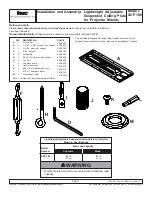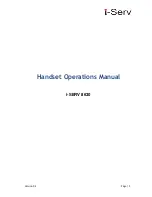
The right amount of random
The generation of steady trigger-signals equals the function of a clock-generator. However, randomRHYTHM is
designed as a complex sequencer which introduces the element of random into play. This can be individually dosed
for 1/4-, 1/8-, 1/16- and 1/3-
events
.
Each
event
contains a value which is created by random. This
random-value
can neither be seen nor be influenced.
☛
To keep it simple we describe the
random-value
to be in a range between 0 and 100. Indeed,
the module’s randomizer works much more complexe. However, our simple description is
enough to understand the principle behind.
An 1/8-figure being combined of 1/4- and 1/8-
events
(as described above), may look like this:
1/4- and 1/8-events with their random-values at the SEQ OUT
Figure 10:
This is where the sliders
q
,
w
,
e
and
r
come into play. These adjust a threshold which also lies between 0 and 100.
Whenever the slider’s value is equal or greater than the
event’s random-value
, a trigger-signal will be generated and
send out.
Simply put: the higher the slider is set, the higher the number of trigger-signals being sent to the output
SEQ OUT
y
. With the value being set to 100 (slider fully up), all trigger-impulses of the corresponding musical beat are being
generated, while no trigger-impulses are generated with the slider set to zero (fully down).
EN
29








































